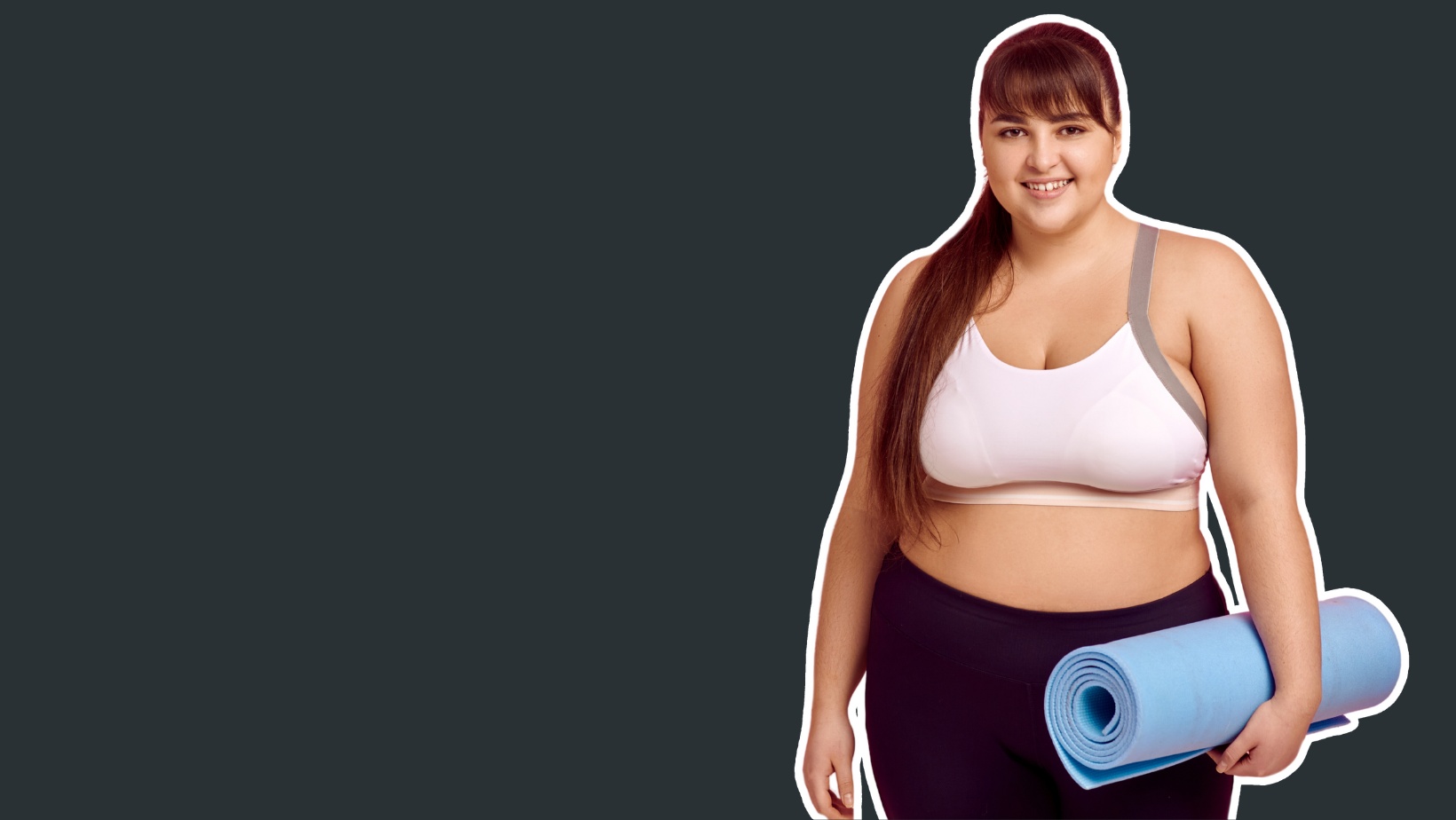In this article
Growing and birthing a baby is hard work. Your bodies’ been through a lot, now it’s time to recover and rebuild.
If you had a caesarean section (c-section) your tummy may look and feel a little different right now. A c-section is major surgery, and not without effects on your abdominal muscles.
Your abdominal muscles are essential for core stability. They support your spine and help to hold your organs in place. They’re important for almost everything you do.
Sitting up in bed? You’re using your abdominal muscles.
Picking up your baby? You’re using your abdominal muscles.
Walking the dog? Yep, you guessed it. You’re using your abdominal muscles.
Here we chat about c-sections and how you can return to exercise safely.
Impacts of a c-section on the body
You’ll notice some differences in your body following your c-section. Breaching the abdominal wall can destabilise the spine and front of the body, which is why a rest period of 6-8 weeks is recommended following a c-section.
It’s possible to experience losses in abdominal strength and muscle tone. This has a knock-on effect on your spinal health and stability and can also negatively affect your hips and balance.
Diastasis Recti
Diastasis recti (DR) is when your abdominal muscle is separated, down the middle. This can allow deep tissues (such as organs, connective tissue, or deeper muscles) to protrude through. Exercising too early or incorrectly may increase DR.
Physiotherapy is a common approach to dealing with this condition – proper control and rehabilitation of your core muscles can reduce the risks and symptoms of DR.
Core exercises after c-section- why do we need them?
During your pregnancy and delivery, your abdominal wall and lower back muscles have been stretched, strained, and surgically separated. These muscles are responsible for key functions including:
- Stabilising your spine (especially the crucial, vulnerable lumbar spine).
- Keeping pressure and tension in your core during heavy lifting or loaded movement.
- Controlling the rotation and stability of your core and trunk.
- Stabilising your hips and maintaining posture.
- Reducing injury risk to your hips, spine, knees, and surgical site.
These muscles are essential to everyday movement. Strengthening them after your c-section will help to improve your health, well-being, and fitness.
When can you start exercising after a c-section?
In the first 6 to 8 weeks after birth, it’s important to be gentle and seek approval of your doctor before returning to exercise.
Rehabilitation, relief, and strengthening techniques all play a role in recovery. These are some of the most effective ways to begin to gain back your strength and control.
Belly Breathing
You can start diaphragmatic breathing (also known as belly breathing) in the first few days after your c-section.
Regaining control of your breath is one of the most important post-natal developments and, throughout this process, you’ll be strengthening your core muscles in a safe, gentle way.
To perform belly breathing
- Slowly inhale, feeling your ribcage, belly, and pelvic floor gently expand.
- Purse your lips (like you’re blowing out the candles on your birthday cake) and gently exhale, feeling the activation of your pelvic floor and deep abdominal muscles.
Kegels
You can start this exercise 5 days after your c-section.
Designed to improve your control over the pelvic floor muscles and core all at once.
To perform a Kegal exercise you should
- Squeeze the muscles around both your front and back passage, lifting them upwards and inwards just as you would if you were trying to stop wee from escaping.
- Hold for a few seconds, then relax
- Repeat 10 times.
Core exercises post c-section
Once you’ve got your doctor’s approval to begin exercising again, you can start easing yourself back in. Remember you are still healing so don’t do anything too strenuous and if something hurts – stop.
Some of the core exercises post-c-section, you might begin with include:
Bridges
Bridges activate your glutes, deep abdominals, and pelvic floor.
To perform a bridge:
- Lay on your back with your knees bent up and your feet flat on the floor.
- Take a breath in.
- As you exhale gently push through your heels to lift your hips off the floor.
- Hold your hips up for a few seconds and gently squeeze the muscles in your bottom, draw your abdominal muscles towards your spine, and tighten your pelvic floor.
- Inhale as you relax and let your hips settle back down to the floor.
- Repeat.
Kneeling Hip Thrusts
Like bridges, this exercise also helps to stabilise your core and is a good way to add gravity to the challenge.
To perform a kneeling hip thrust:
- Start in a kneeling position with your bottom sitting on your heels and your upper body upright.
- Take a breath in.
- As you exhale lift your bottom off your feet.
- Gently squeeze the muscles in your bottom, draw your abdominal muscles towards your spine, and tighten your pelvic floor.
- Inhale as you settle your bottom back down to sit on your heels.
- Repeat.
Post-Caesarean Physiotherapy
Our physiotherapists are well-versed in post-c-section rehabilitation, recovery, and strengthening and can work with you to create a plan tailored specifically to you. Our guidance covers everything from diagnosis and consultation to exercise planning and education.
Please feel free to get in touch if you’d like more information, if you have a question, or to book an appointment.
We look forward to hearing from you.
* All information is general and is not intended to be a substitute for professional medical advice. The Brisbane Spine Clinic physiotherapists can consult with you to confirm if these exercises are right for you.







